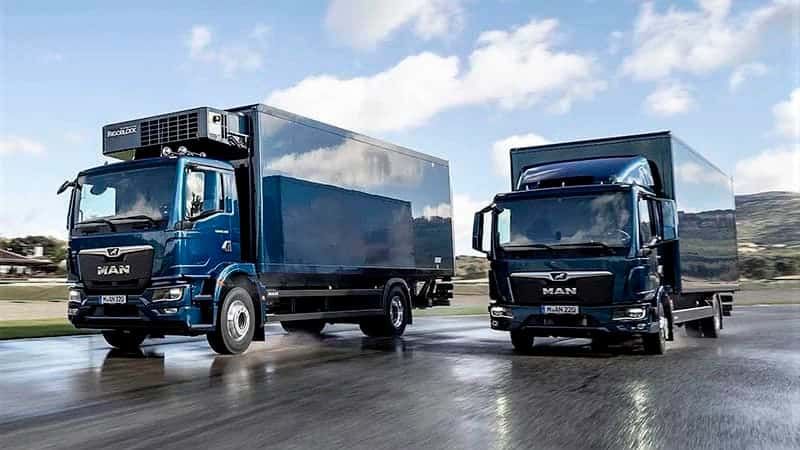MAN Defines The New Generation of Trucks

After five years of intense development, a total of 12 million hours of passionate work by the 2100 people directly involved in the project, the pride of more than 36000 MAN employees worldwide, MAN Truck & Bus presented to the world its new truck generation in the Spanish port city of Bilbao. The new truck comes almost 20 years after the presentation of the MAN TGA.
Dr Frederik Zohm, Chief Research and Development Officer at MAN Truck & Bus SE shared at the launch how MAN substantially and sustainably incorporated feedback from transport companies and drivers into the new series during the development process. He also shared impressive details such as the engineers programming 2.8 million lines of software code for the new central computer and the fact that to date the trucks have endured over four million test kilometres on the road.
The creation of a new truck has a long way to go before it is ready for production. Test drivers at MAN play a key role in the development process. These drivers test the functionality of each and every component and subject the vehicle to extreme conditions. Over 100 test drivers and test engineers have covered nearly five million kilometres with 60 test vehicles to ensure the new truck meets all customer requirements. An example of the tests includes the emergency break assist to bring the 40 ton beast to a standstill in the event of an emergency.
The team conducts tests on each individual feature during a trial, in different test scenarios. While the test site in Munich offers the opportunity to test the vehicle in the early prototype stage, tests on public roads help to simulate the customers’ working conditions. The test drivers demand the most from the new TGX during summer and winter tests.
The team were also involved in the development of turn assist, which finally closes a central truck safety gap; the blind spot. The system should only warn the driver if a pedestrian or cyclist is within the blind spot, but not if it involves static objects, such as an advertising column. Correct calibration of the radar sensors was the decisive factor. When the system was operational, it was then tested in real world situations to ensure zero margin for error.